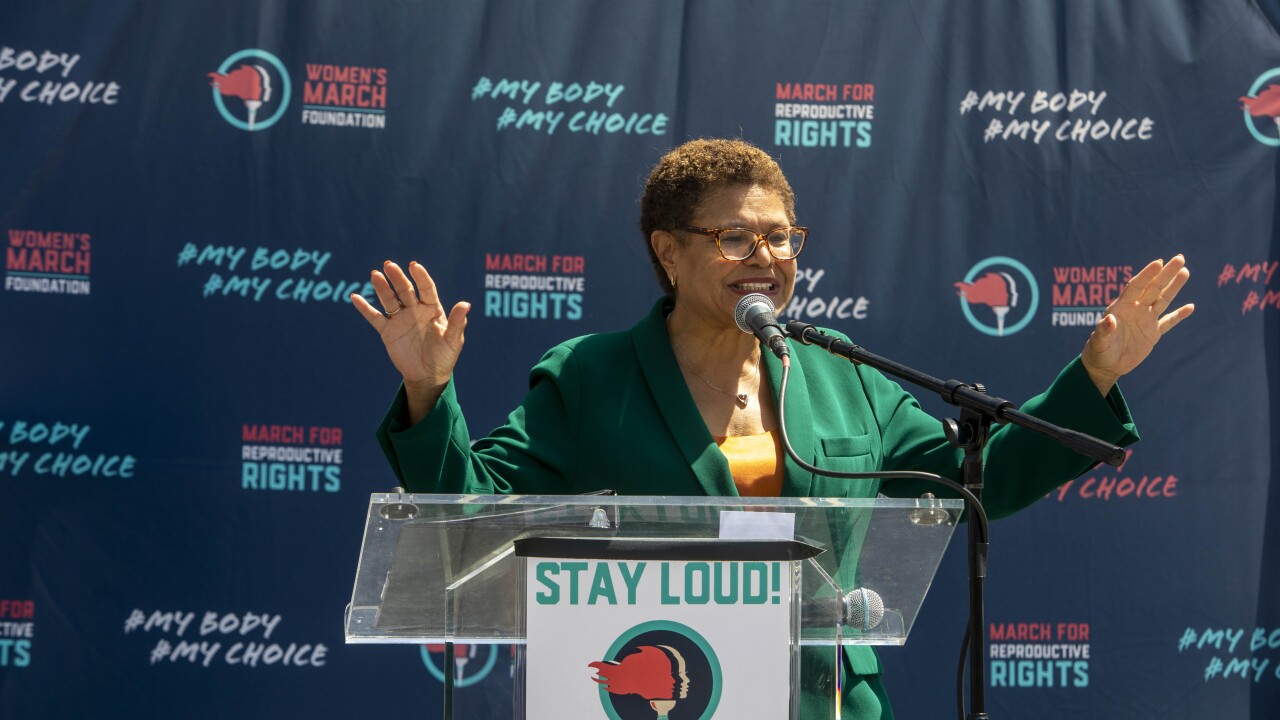CARLSBAD, Calif. – Now that the largest municipal issuers have begun listing estimates of their retiree health care liabilities on bond documents and financial statements, many are looking to the next step: how they can fund what are often mountainous obligations.
By and large, there still is no fool-proof method for addressing liabilities for other post-employment benefits, or OPEBS, according to a Tuesday panel of issuers and other muni market participants at The Bond Buyer’s California Public Finance Conference.
“You’re dealing with products that can’t be replicated from issuer to issuer to issuer,” said Dale Scott, president of Dale Scott & Co. “They are very highly stylized.”
Despite that, there are a handful of general strategies that have developed. Finance plans involving special trusts have become one of the most frequently discussed solutions.
“We have found most issuers talking about some form of trust,” said Amy Doppelt, managing director at Fitch Ratings. But she added, that while trust structures often make the most sense, when combined with methods for keeping future costs down, there are many different paths for addressing liabilities for OPEBs.
San Diego’s OPEB situation is indicative of the liabilities that many of the nation’s largest cities face. “Our OPEB liability today, on a pay-as-you-go basis, is about $23 million,” said Jay Goldstone, the city’s chief financial officer.
“We’ve looked out into the future, and by about 2014, that projection is going to grow to about $54 million. Probably by 2020 or 2025, it will be in excess of $100 million and it’s going to continue growing.”
He added that while it might be easy for the elected officials who are in office now to postpone increasing the city’s annual contribution to funding it’s OPEB liability, they are trying to put processes in place so that that doesn’t happen.
Transportation issuers, just like general government issuers, face the challenges of competing demand for their resources. This is magnified in systems, such as the Los Angeles County Metropolitan Transportation Authority, that rely largely on passenger fares as their main source of revenue. For these issuers to increase funding for their OPEB liabilities, they often have to raise fares.
“What do you do? Do you take away buses or do you raise fares?” said Terry Matsumoto, chief financial services officer and treasurer of the MTA.
Matsumoto said he spent much of the first half of 2007 trying to get a fare increase approved, but that it would not be enough to allow his agency to make the full actuarial recommended contribution to fund its OPEB liabilities.
Dan McAllister, San Diego County treasurer, said that while disclosing OPEB liabilities has put many public officials in the hot seat, he thinks the extra disclosure is ultimately a good thing for public finance.
“I think it’s been in the best interest of everyone to get these numbers out on the table,” McAllister said. “There’s been a lot of good discussion that probably would not have happened otherwise.”
But Scott, who said he has talked to hundreds of issuers around California, said he still thinks too few issuers are taking proper steps now to address their mounting OPEB liabilities. “I would say the preferred method, unfortunately, is avoidance,” he said.





